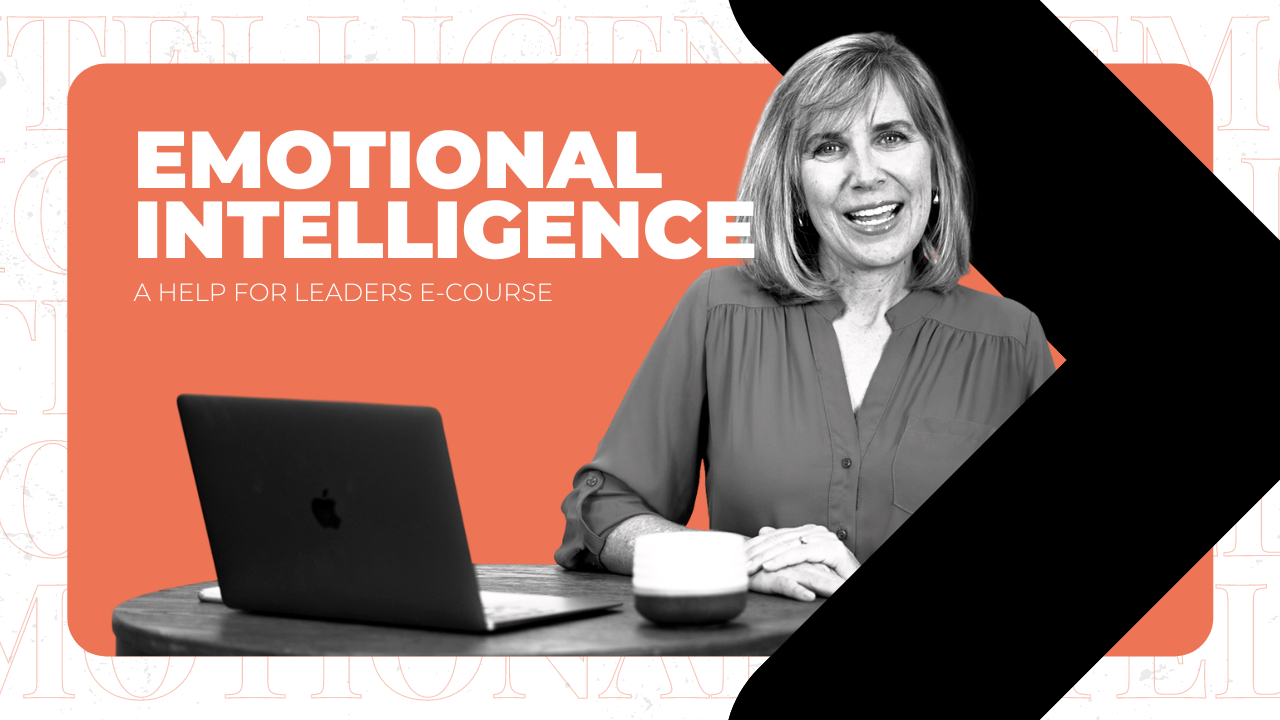Leading from Your WHY

Back in 2009, Simon Sinek started a movement to help people become more inspired at work. He did a Ted Talk on how great leaders inspire action and shared with the world the Golden Circle. This graphic talked about the Why, How, and What with the Why in the center of three concentric circles. He talked about the neuroscience of human decision making by studying the marketing campaigns of successful brands.
We have a tool that actually measures your Why! Our online self-assessment, called the 12 Driving Forces, measures your Why. Your results will tell you why you do what you do. It measures motivation (and strength) behind your behaviors, using 6 different motivators.
Those motivators are….
- Knowledge
- Utility
- Surroundings
- Others
- Power
- Methodologies
These 6 motivators are each divided into two district sides of a continuum measuring each factor making up these 12 drivers.
Here is a brief overview of each driver:
Knowledge
On one side of the Knowledge continuum is Instinctive. Instinctive people are driven by utilizing past experiences, intuition and seeking specific knowledge when necessary. And the other side of the knowledge continuum is Intellectual. Intellectual people who are driven by opportunities to learn, acquire knowledge and the discovery of truth.
Utility
On one side of the Utility continuum is Selfless. Selfless people who are driven by completing tasks for the sake of completion, with little expectation of personal return. And on the other side of the Utility continuum is someone who is Resourceful. Resourceful people are driven by practical results, maximizing both efficiency and returns for their investments of time, talent, energy and resources.
Surroundings
On one side of the Surroundings continuum is Objective. Objective people are driven by the functionality and objectivity of their surroundings. They can compartmentalize their surroundings and even thrive in chaos. And the other side of the Surroundings continuum is Harmonious. Harmonious people are driven by the experience, subjective viewpoints and balance in their surroundings. They love peace and harmony and balance around them.
Others
On one side of the Others continuum is Intentional. Intentional people are driven to assist others for a specific purpose, not just for the sake of being helpful or supportive. And on the flip side of the Others continuum we have Altruistic. Altruistic people are driven to assist others for the satisfaction of being helpful or supportive.
Power
On one side of the Power continuum we have Collaborative. Collaborative people are driven by being in a supporting role and contributing with little need for individual recognition. And on the other side of the Power continuum we have Commanding. Commanding people are driven by status, recognition and control over personal freedom.
Methodologies
On one side of the Methodologies continuum we have Receptive. Receptive people are driven by new ideas, new methods and new opportunities that fall outside a defined system. And on the other end of the Methodologies continuum we have Structured. Structured people are driven by traditional approaches, proven methods and a defined system for living.
When we think of an iceberg, the part above the surface that we see, the observable part of the iceberg is DISC, it’s "how" we communicate, it's seen. What’s beneath the surface is what we don’t see, what is hidden, it's what drives our behaviors, it’s "why" we do what we do, it’s what motivates us to action, it’s what’s important to us and what we are passionate about.
DISC opens the door to communication with others, it tells us how to communicate, do we speed up, do we need to slow down, do we need to get to the point, or maybe we need to talk personally with the individual. Driving Forces enhances our communication with others by building deeper connection. You can think of DISC as the doorway to communication and Driving Forces as the room or space in which we speak. You will be able to engage with the individual about their WHY. Why are they engaged? Why are they passionate about a topic? Is it a return on investment that lights them up? Is it gaining knowledge that's their passion? Is it position or power that really brings them to life? Maybe it's chaos that actually drives the individual and they have an amazing ability to compartmentalize things in their life, or maybe its harmony that brings them to life.
Driving Forces helps us understand the whole person. It helps us build better relationships and in turn produces better results.
Leaders needs to recognize the differences in their team members, if they want to encourage the development, productivity, and happiness of their teams. Understanding a person’s comfort zone helps ensure that they are set up to succeed, based on the things that drive that person. So this is great way for teams to use the 12 Driving Forces assessment.
You can listen to our full podcast episode on this blog topic here or you can check us out on YouTube.


